

Unlocking Maize's Full Potential
"Pre-emergence herbicides for maize crops" is an innovative agricultural technology designed to improve weed management in maize cultivation across Sub-Saharan Africa. This technology enhances maize crop performance during its critical early growth stages by applying chemical agents to prevent weed seedlings from developing roots. By effectively reducing weed encroachment and competition for vital resources such as light, nutrients, and moisture, this technology accelerates the growth of maize crops and ultimately increases grain yields. It provides a cost-effective and sustainable solution to address the challenges associated with high weed infestation, labor-intensive weed removal, and reduced maize grain productivity in the region.
This technology is TAAT1 validated.
Adults 18 and over: Positive high
The poor: Positive medium
Under 18: Positive low
Women: Positive low
Climate adaptability: Highly adaptable
Farmer climate change readiness: Significant improvement
Carbon footprint: Same amount of carbon released
Environmental health: Greatly improves environmental health
Water use: A bit less water used
Biodiversity: Harms biodiversity
Pre-emergence herbicides technology prevents early weed growth in maize fields, boosting grain productivity and fertilizer efficiency while enhancing resilience to drought. It also minimizes the need for recurrent herbicide use, reducing labor and promoting gender equality in agriculture. This aligns with Sustainable Development Goals, particularly those related to food security and climate resilience.
To incorporate this technology into your project, it is imperative to delineate a series of project activities and prerequisites:
Facilitate the marketing of pre-emergence herbicides by agro-input dealers in regions where prevalent weed species pose a challenge.
Conduct awareness campaigns among farmers to underscore the advantages of employing chemical control methods for enhancing food production and mitigating risks.
Provide financial backing to local suppliers and smallholder farmers to incentivize investments in pre-emergence herbicides.
Ensure compliance of the technology with national pesticide regulations and obtain requisite authorizations from relevant authorities.
Estimate the required quantity of technology for the project, factoring in delivery costs to project sites across Cameroon, Ethiopia, Ghana, Kenya, Malawi, Nigeria, Rwanda, South Africa, Tanzania, Uganda, and Zambia, as well as potential import clearance and duties.
Incorporate the cost of pre-emergence herbicides and labor for their application into the project budget, with a rate of USD 27 per hectare for blends of pendimethalin and atrazine, and USD 25 per hectare for blends of metolachlor and atrazine, utilizing 1 kilogram of active ingredient per hectare, estimated at USD 20 per liter.
Allocate funds for training and post-training support to ensure effective utilization of the technology.
Develop communication materials, such as flyers, videos, and radio broadcasts, to promote the adoption of the technology.
To implement this technology within your country, consider forming partnerships with agricultural development institutes, fertilizer suppliers, and agricultural service companies to provide support and facilitate distribution.
For better optimization of the improved maize variety, it is recommended to associate with Drought tolerant varieties (DTMA, WEMA, others), Golden maize varieties (High provitamin A), Specialized pre-plant fertilizer blending and N topdressing, Maize-legume rotation and intercropping, Fall armyworm control in maize production (e.g. FORTENZATM Duo)
Grain yield increase
Gross margin per hectare
Open source / open access
Scaling Readiness describes how complete a technology’s development is and its ability to be scaled. It produces a score that measures a technology’s readiness along two axes: the level of maturity of the idea itself, and the level to which the technology has been used so far.
Each axis goes from 0 to 9 where 9 is the “ready-to-scale” status. For each technology profile in the e-catalogs we have documented the scaling readiness status from evidence given by the technology providers. The e-catalogs only showcase technologies for which the scaling readiness score is at least 8 for maturity of the idea and 7 for the level of use.
The graph below represents visually the scaling readiness status for this technology, you can see the label of each level by hovering your mouse cursor on the number.
Read more about scaling readiness ›
Semi-controlled environment: prototype
Common use by projects NOT connected to technology provider
| Maturity of the idea | Level of use | |||||||||
| 9 | ||||||||||
| 8 | ||||||||||
| 7 | ||||||||||
| 6 | ||||||||||
| 5 | ||||||||||
| 4 | ||||||||||
| 3 | ||||||||||
| 2 | ||||||||||
| 1 | ||||||||||
| 1 | 2 | 3 | 4 | 5 | 6 | 7 | 8 | 9 | ||
| Country | Testing ongoing | Tested | Adopted |
|---|---|---|---|
| Cameroon | –No ongoing testing | Tested | Adopted |
| Ethiopia | –No ongoing testing | Tested | Adopted |
| Ghana | –No ongoing testing | Tested | Adopted |
| Kenya | –No ongoing testing | Tested | Adopted |
| Malawi | –No ongoing testing | Tested | Adopted |
| Nigeria | –No ongoing testing | Tested | Adopted |
| Rwanda | –No ongoing testing | Tested | Adopted |
| South Africa | –No ongoing testing | Tested | Adopted |
| Tanzania | –No ongoing testing | Tested | Adopted |
| Uganda | –No ongoing testing | Tested | Adopted |
| Zambia | –No ongoing testing | Tested | Adopted |
This technology can be used in the colored agro-ecological zones. Any zones shown in white are not suitable for this technology.

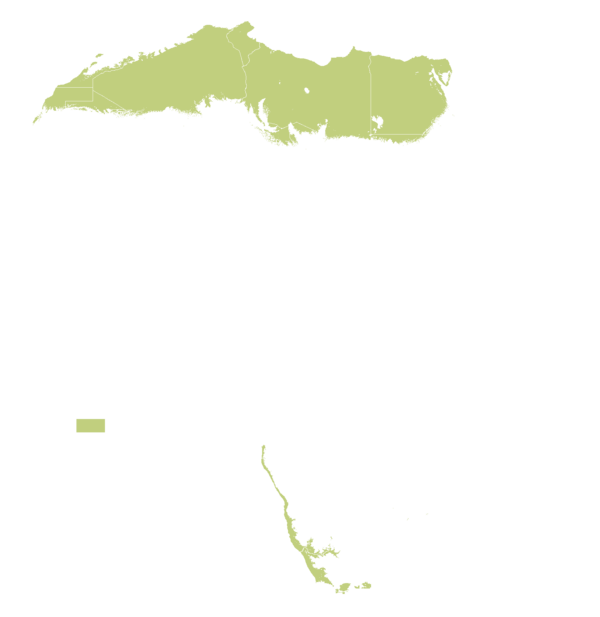

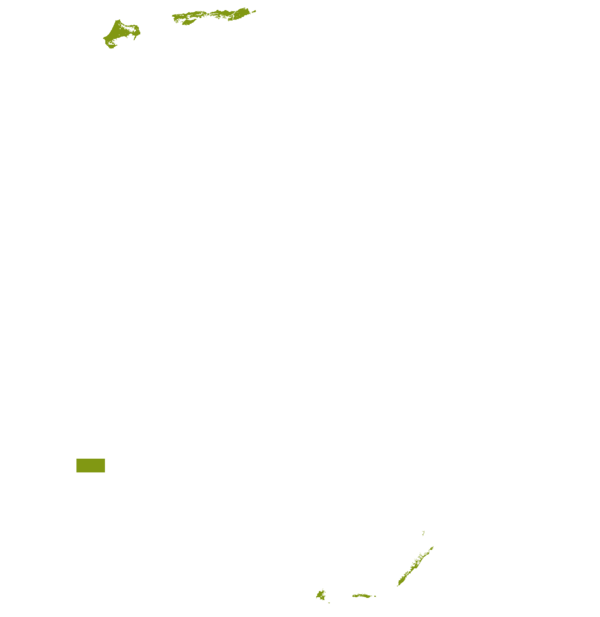






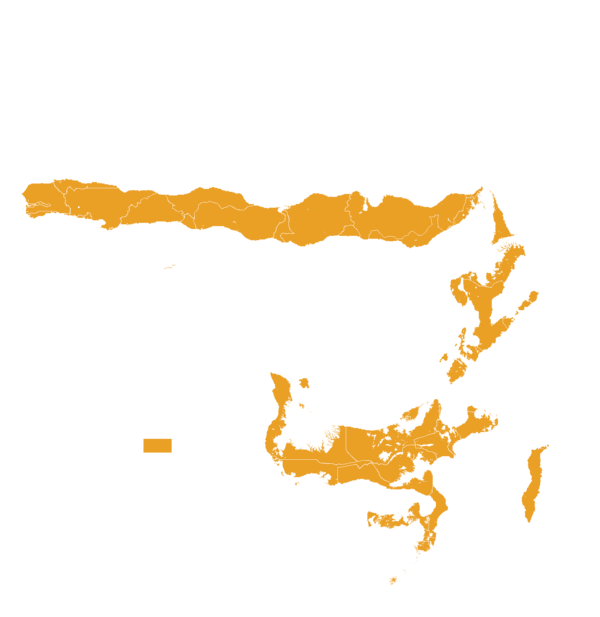


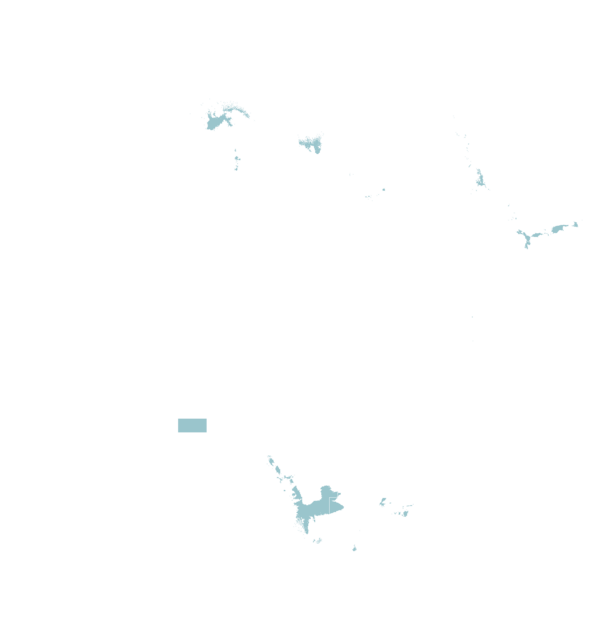

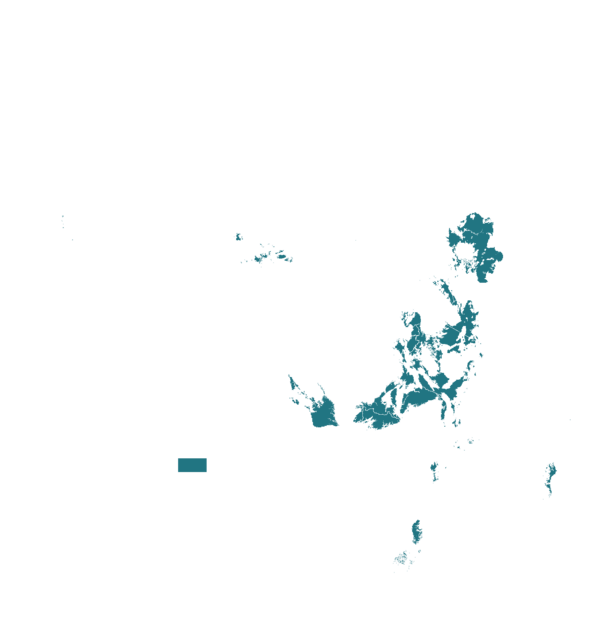
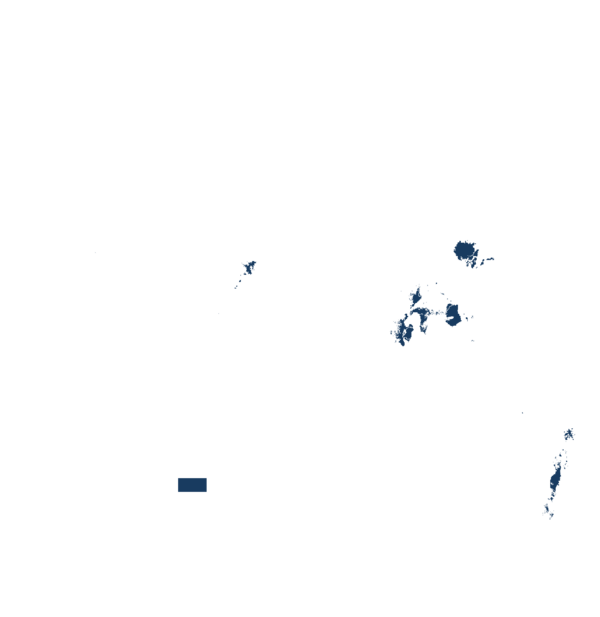
| AEZ | Subtropic - warm | Subtropic - cool | Tropic - warm | Tropic - cool |
|---|---|---|---|---|
| Arid | ||||
| Semiarid | ||||
| Subhumid | ||||
| Humid |
Source: HarvestChoice/IFPRI 2009
The United Nations Sustainable Development Goals that are applicable to this technology.


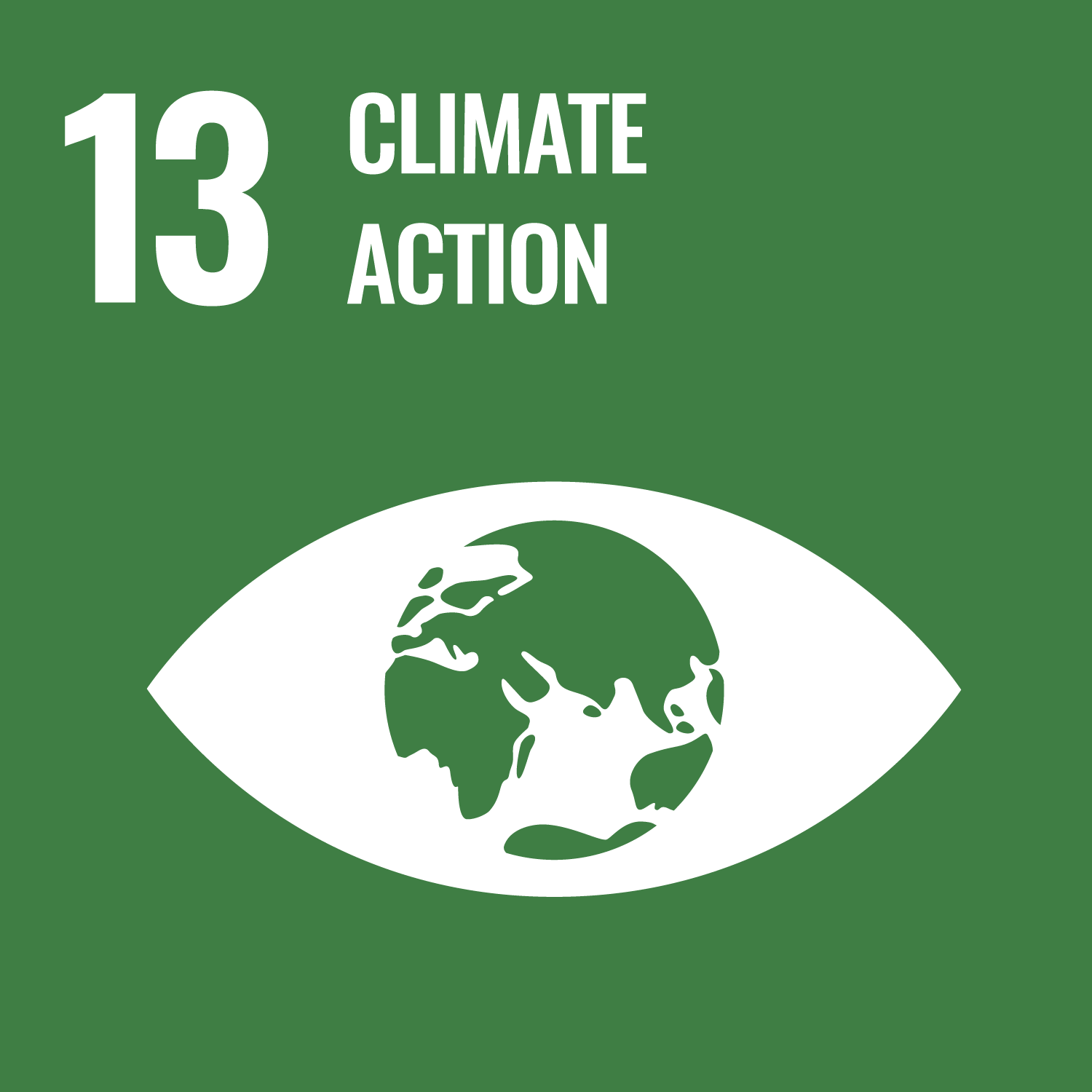
Last updated on 7 November 2025